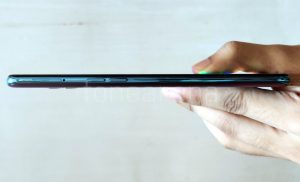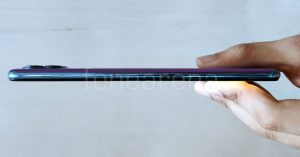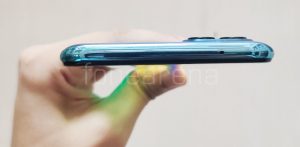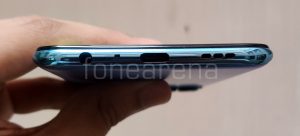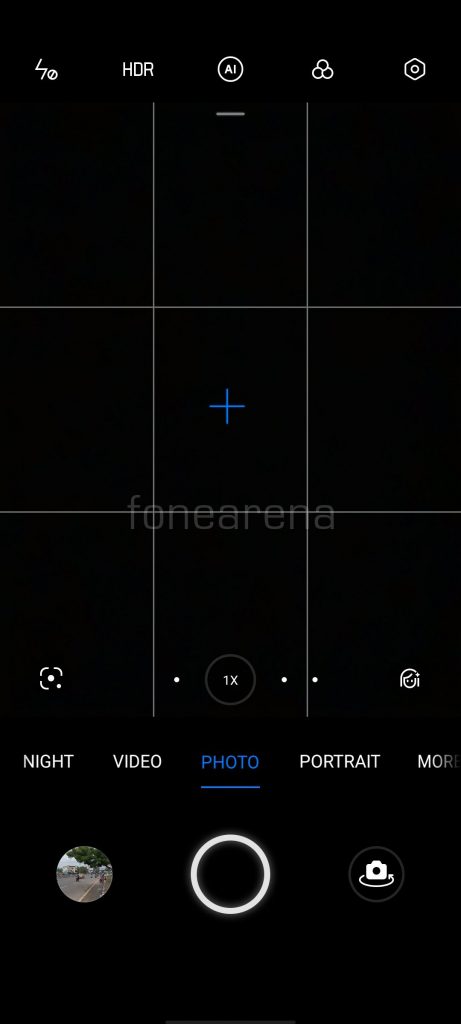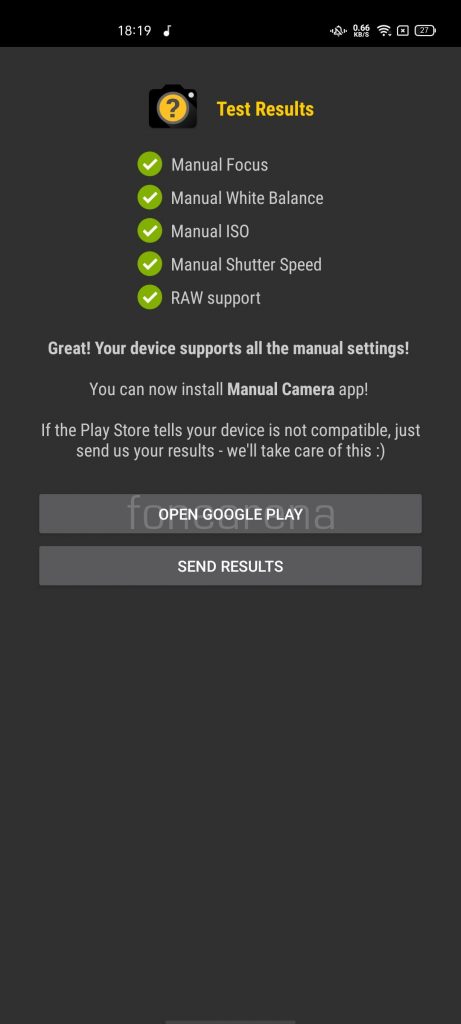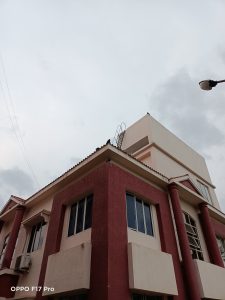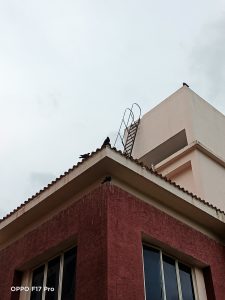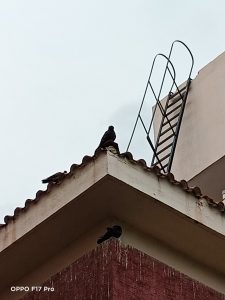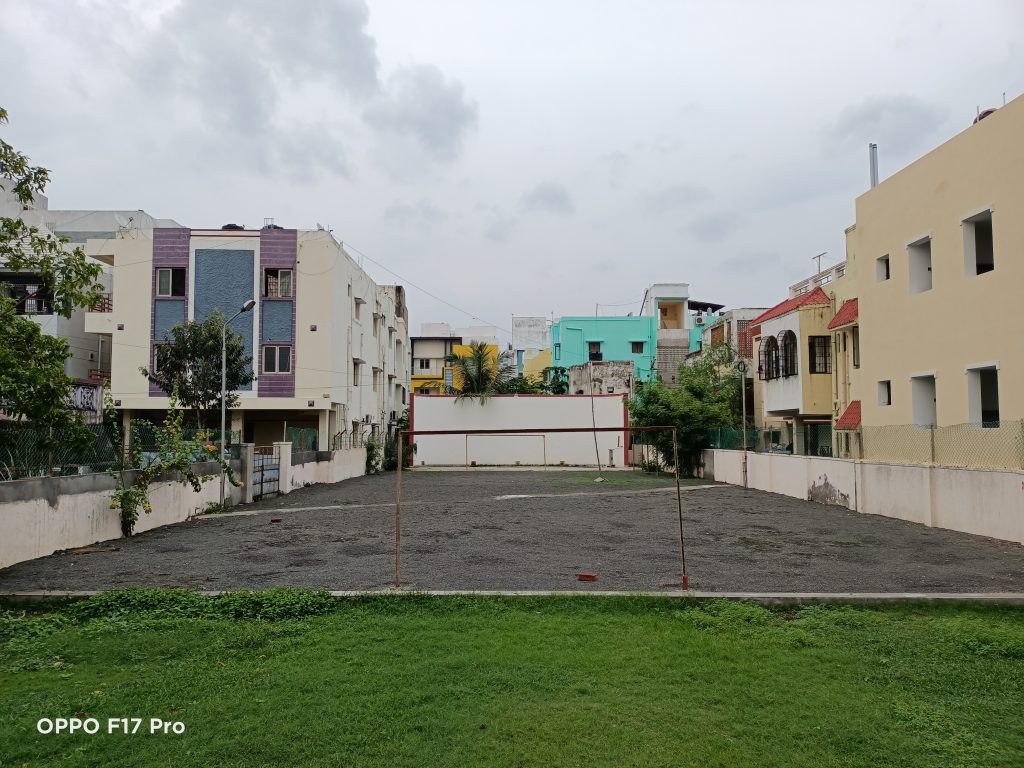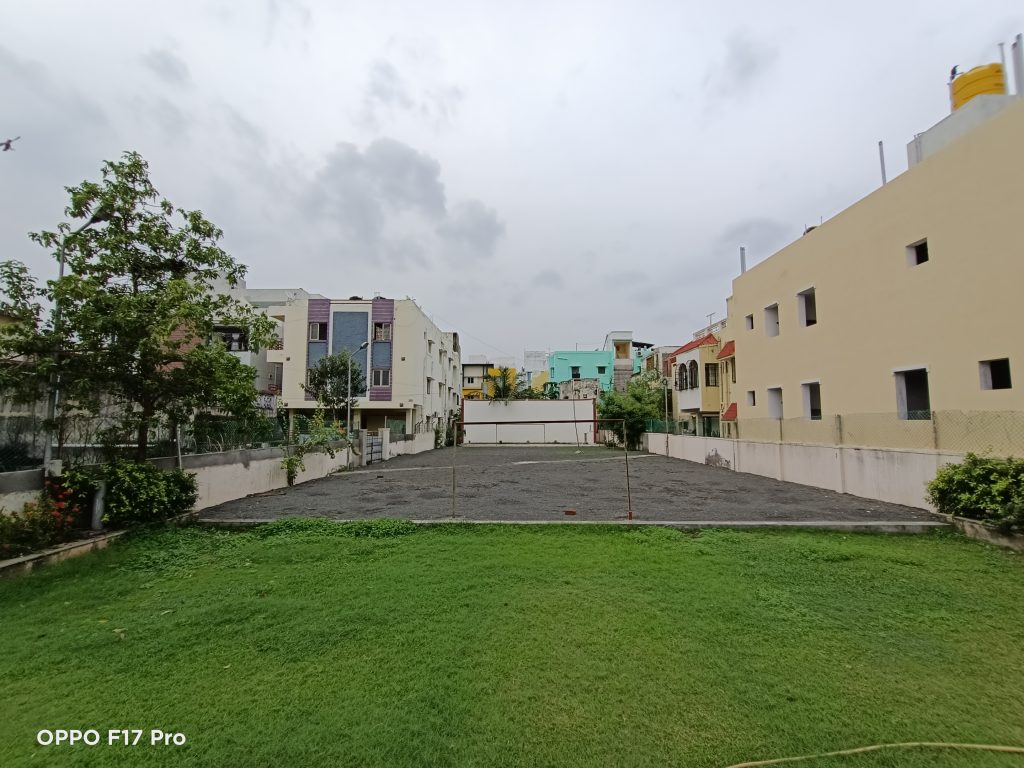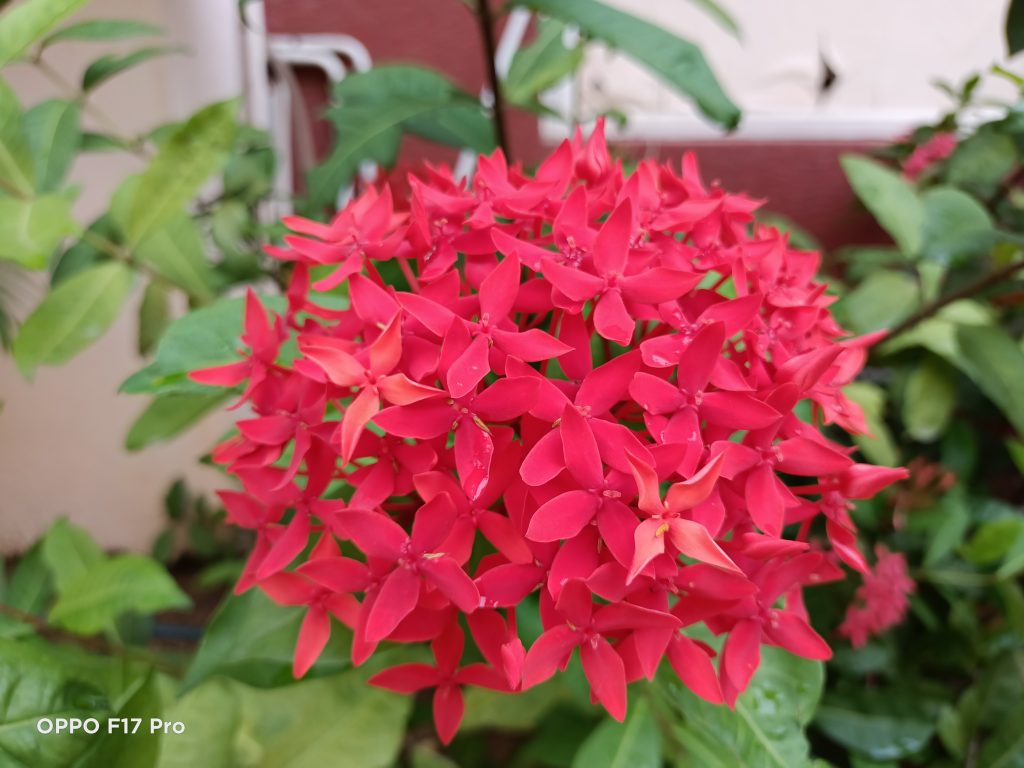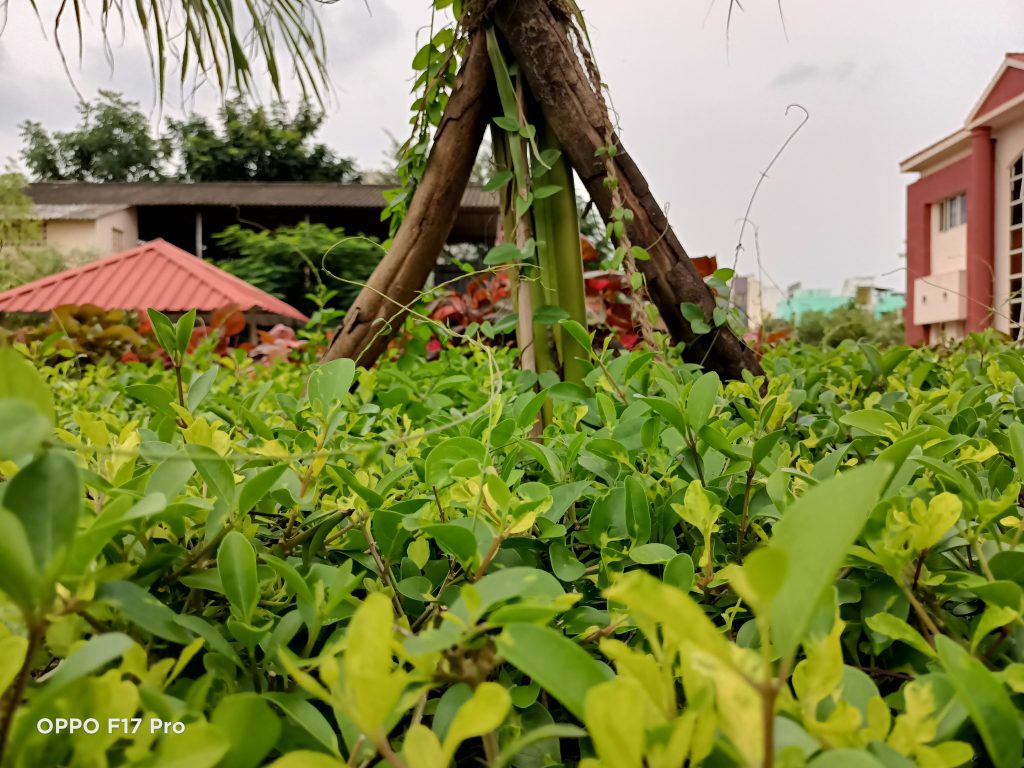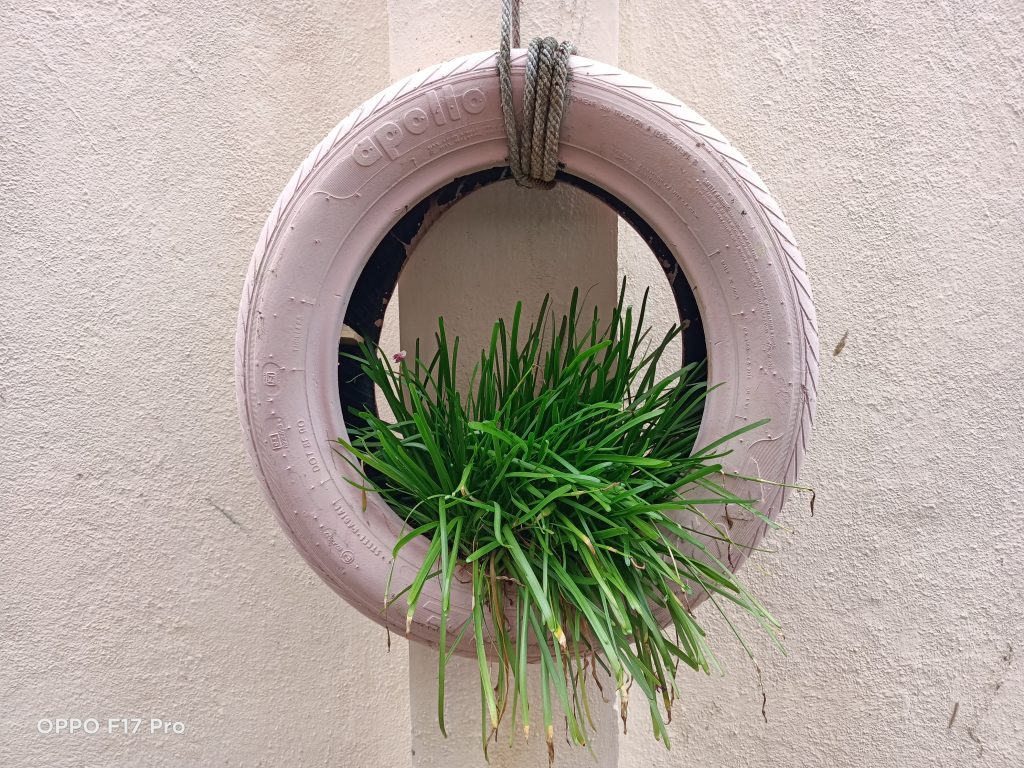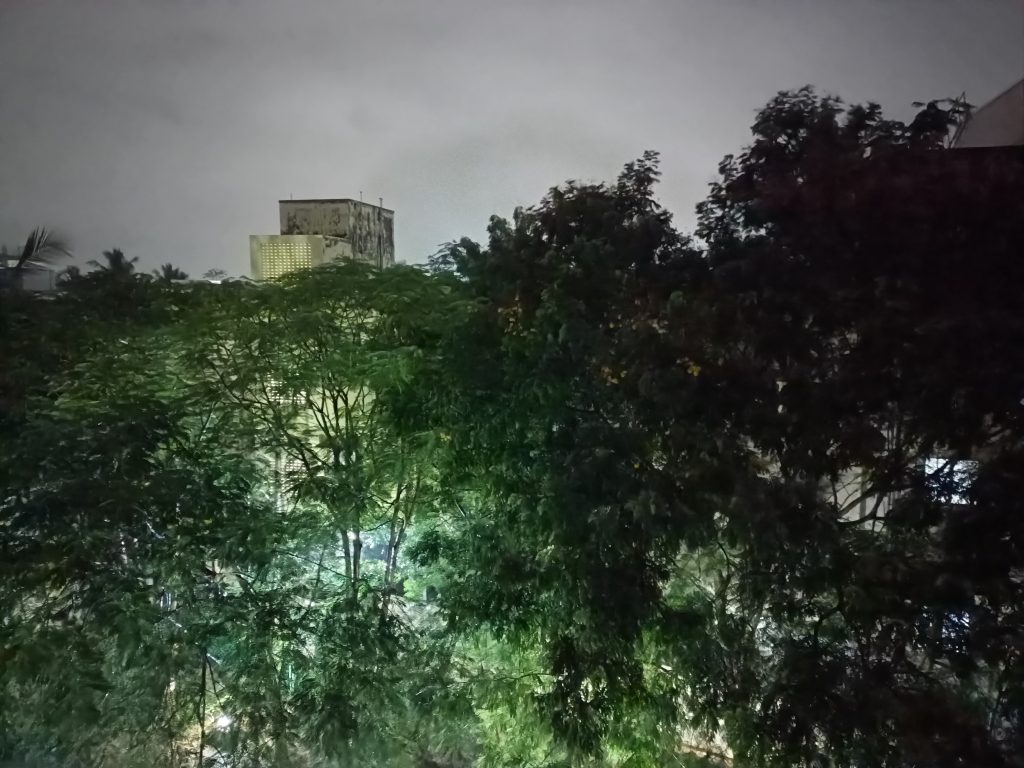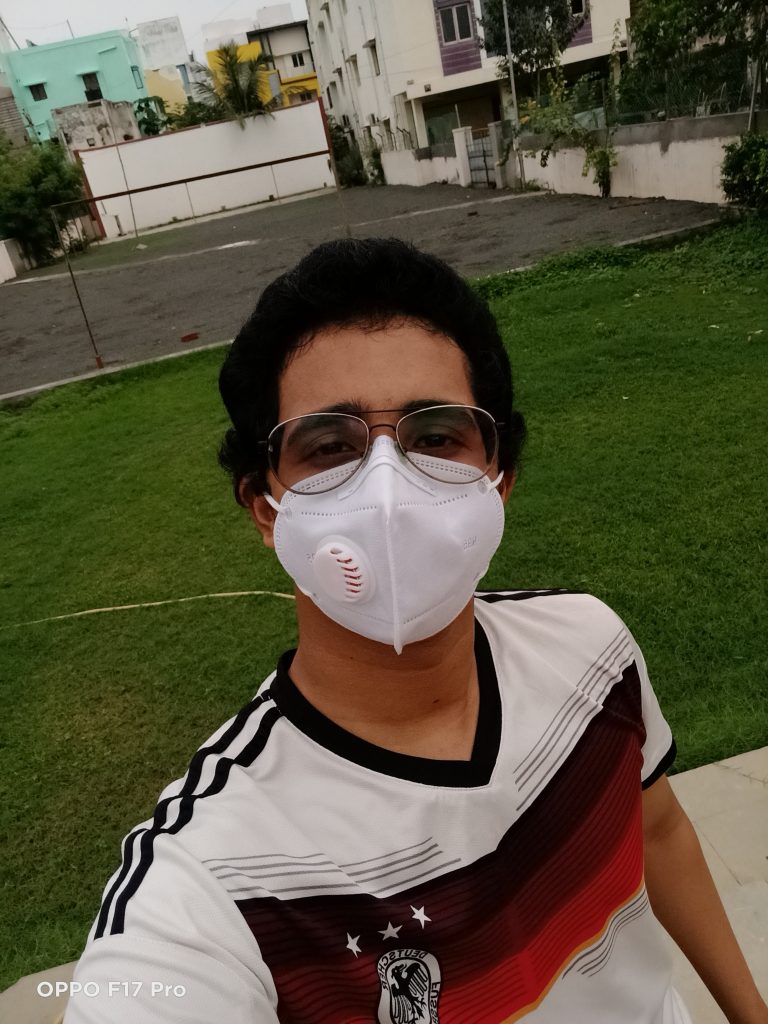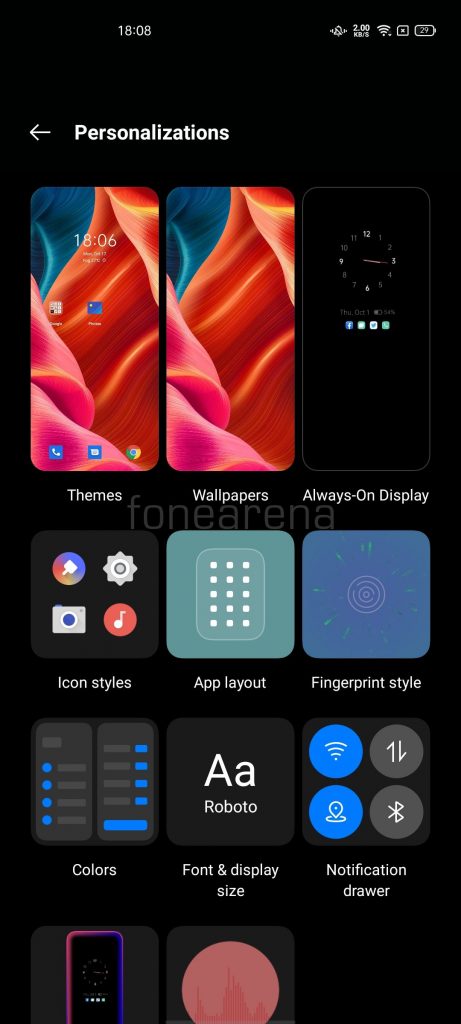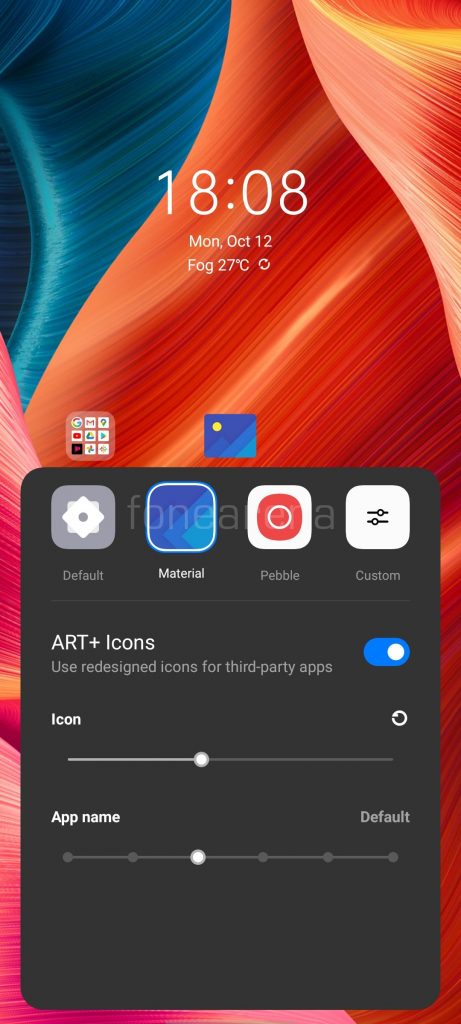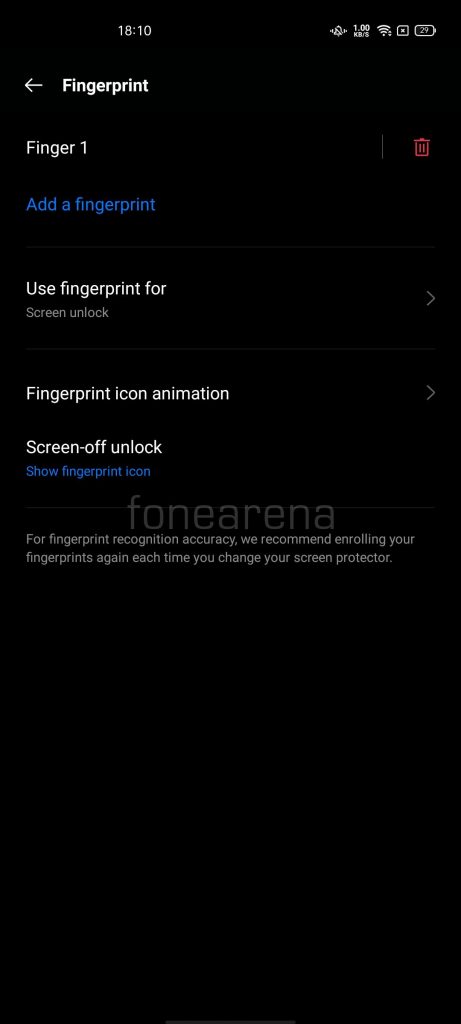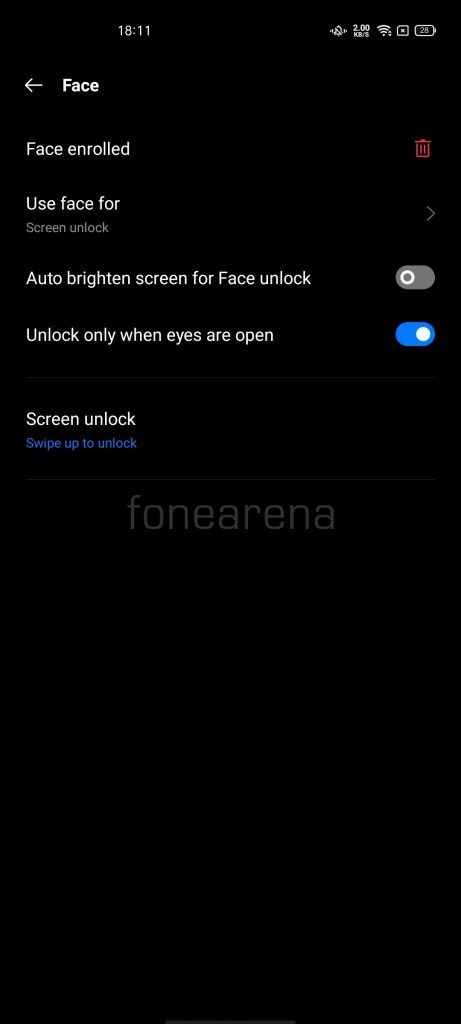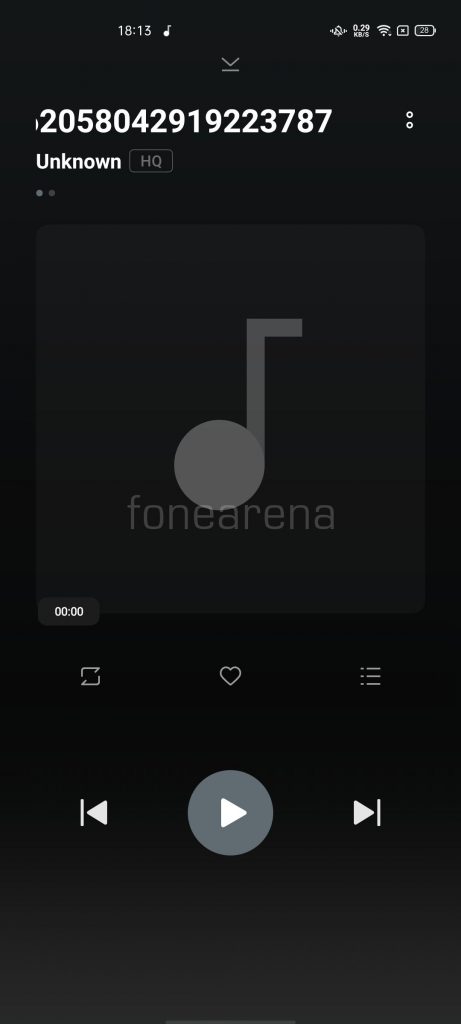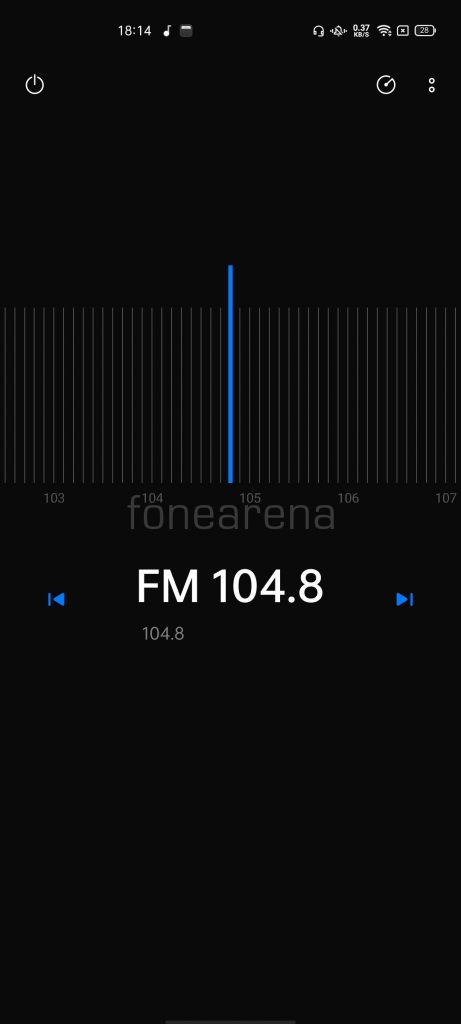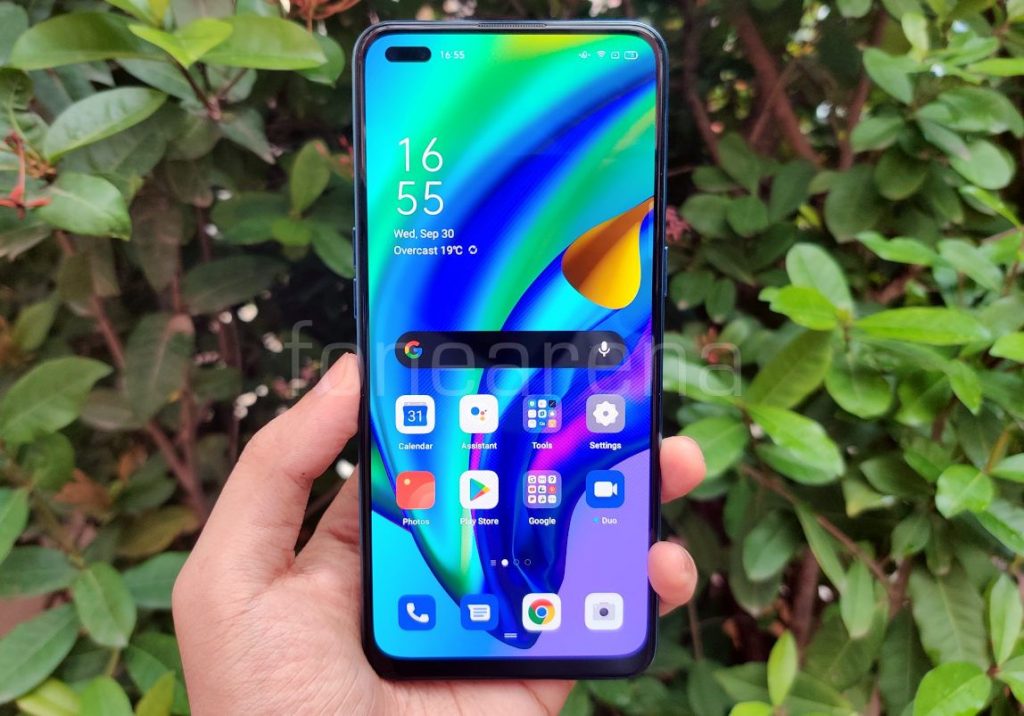
In recent times, OPPO’s F series of smartphones have done quite well in the mid-range market segment in India. At the top end of the F series, OPPO recently announced the F17 Pro, a smartphone with a total of 6 cameras in a very sleek, beautifully designed body. The smartphone is also one of the first few devices to receive OPPO’s latest ColorOS 11, which is based on Android 11. At Rs.22990, can the F17 Pro justify its price tag or is it just simply overpriced? Read on in my review.
Box Contents
- OPPO F17 Pro in Magic Blue colour
- USB Type-A to Type-C cable
- 2 pin 30W VOOC Flash Charge 4.0 charger (5V – 6A)
- Clear smartphone case
- Wired pair of earphones
- Sim tray ejector tool
- Warranty information and Quick Start Guide
Hardware and Design

When you hold the OPPO F17 Pro for the first time, you are sure to notice the striking beauty of the device. The slim profile of the phone stands out immediately, which measures in at just 7.48mm and the railing on the edges have a smooth curve, making it feel very comfortable in the hand.
The power button can be found on the right edge, the volume rocker and SIM card tray with dedicated MicroSD card slot can be found on the left edge, the top edge has a microphone and the bottom edge has the speaker grill, USB Type-C port and a 3.5mm jack.
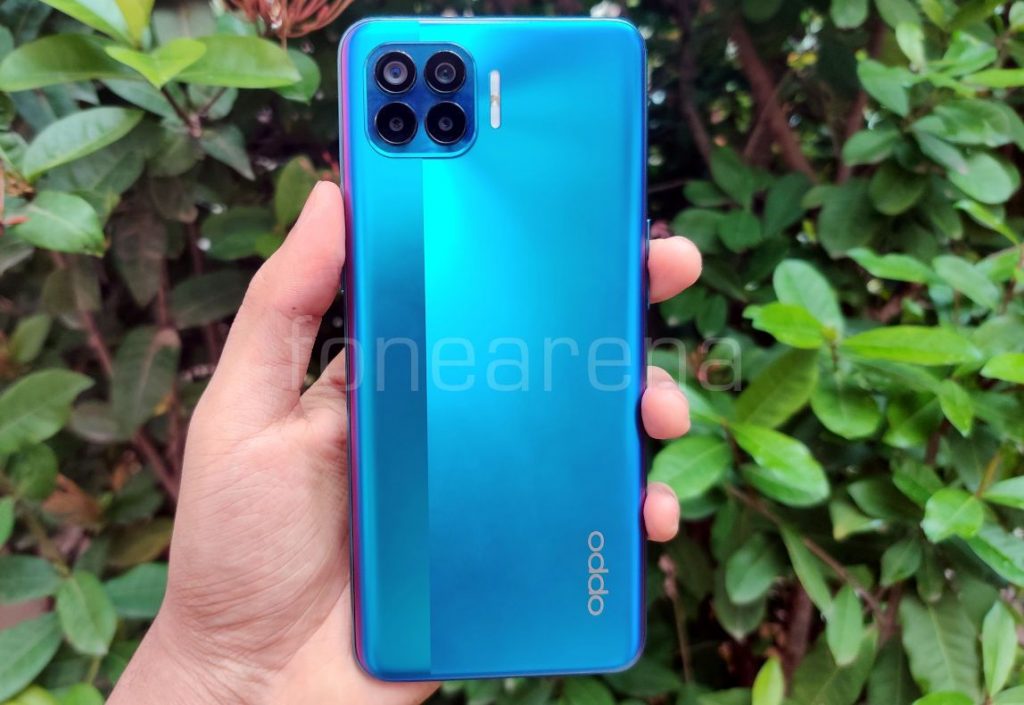
The back panel is another beautiful element for the smartphone. It is made out of plastic with a matte finish and on its left side, you can see a line that goes through the camera module all the way down, with two different finishes on each side. It really does stand out quite a bit, in a very good way and it hides fingerprints very well. At its side edges, where the back panel meets the side rails, there is a subtle purple tinge that melts beautifully with the blue colour of the back panel.
The rear camera module is quite a significant bump with 4 cameras sensor housings jutting further from the camera bump itself. On its right you can see the camera flash element. In the box, OPPO includes a clear, soft-plastic case that will reduce the effect of the bump and protect the smartphone a bit from accidental drops.
Display

The display on the F17 Pro is a 6.43-inch, FHD+ sAMOLED panel with a resolution of 2400 x 1800 and refresh rate of 60Hz. The bezels on three sides are quite thin with a slight chin at the bottom, giving it a total screen-to-body ratio of 90.7%. The panel is easily another highlight feature of the phone. It is an sAMOLED panel from Samsung, which means beautiful blacks, amazing contrast and great sunlight-readability. Colours are vibrant and wonderfully saturated, just like you would expect from a Samsung-manufactured display panel. It supports HDR, and watching content on YouTube or Netflix was really good.

It doesn’t have a high-refresh rate screen, but I did not feel like I missed this feature too much. The aspect ratio of the display measures in at 20:9, so when you watch regular 16:9, you have to punch in quite a bit to get a full screen effect. Cinematic content like 21:9 videos on the other hand looked beautiful, but there was one issue – the dual punch hole in the top right corner for the front camera. It does eat up a bit of space in the display and you might find it quite bothersome. Another issue with the punch hole is the amount that the notification icons on the right side gets pushed towards the center. It looks slightly weird to see the clock not on the left edge of the display, but I guess you get used to it.
The smartphone has the usual display enhancement options like the OSIE visual effect and you also get the option to adjust the screen’s colour temperature.
Camera
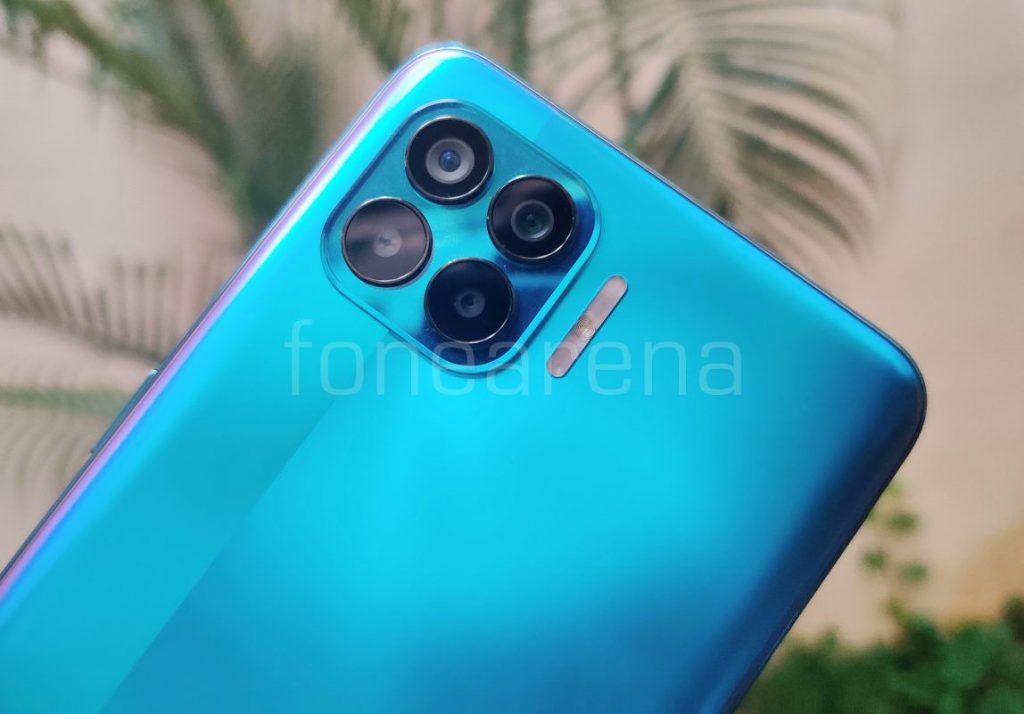
OPPO places a huge focus on the camera capabilities for the F17 Pro with its quad rear-camera setup and dual front-cameras. Lets lay out the specs – in the back you have a 48MP Samsung GM1ST 1/2″ 0.8μm main sensor with a aperture of f/1.7, an 8MP wide-angle sensor with aperture of f/2.2, the rest two are 2MP mono sensors with an aperture of f/2.4 that are used for depth sensing. In the front you have a 16MP Sony IMX 471 sensor with an aperture of f/2.4 along with 2MP sensor whose purpose is only depth sensing.
So how were the photos with the OPPO F17 Pro? I must say, quite good. The main shooter outputs 12MP photos by default, and in good lighting conditions I was happy with the photos I got. They were sharp and had a good amount of detail in them. Colours were accurate and thankfully, not too punchy which is something that is quite common in non-flagship smartphones. White balance, atleast in the photos I clicked, came out neutral and exposure compensation was good too. Most of these attributes were shared with photos from the ultrawide camera too, except for its sharpness. Ultra-wide shots are typically noticeably softer and sadly that is the case here too.
Low light shots is a place where the camera would struggle a bit, but not too much. It was able to pull a decent amount of light in poor conditions, however the photos clearly lacked detail when you zoom in. The portrait photos on from the rear camera of the F17 Pro were really good though. It does after all have an extra lens that is dedicated for depth sensing. The edges between the foreground and the blurred background were clear and well differentiated.
I liked the photos from the front camera too. Good amount of detail, especially in the face. There is the usual amount of face smoothening features offered, but I had them all turned off. Thanks to the dedicated sensor, OPPO did a great job with the edge detection in portrait selfies, which is becoming increasingly common in many smartphones. Check out some samples below.
Videos on the F17 Pro were a let down. Outputs from both 1080p videos and 4k videos lacked detail and looked blurry, with the 4k video being only marginally sharper. Check out the sample videos I shot during what I would consider being great lighting conditions with nice overcast skies.
For some reason, the F17 Pro only offers shooting at 30fps at both 4k and 1080p resolutions. It is very odd to not offer a shooting 60fps, atleast for 1080p or 720p. The MediaTek Helio P95 SoC is certainly capable of handling it, so I can’t understand why OPPO intentionally locked it out from the F17 Pro. Maybe a software update could change that in the future.
Software, UI and Apps
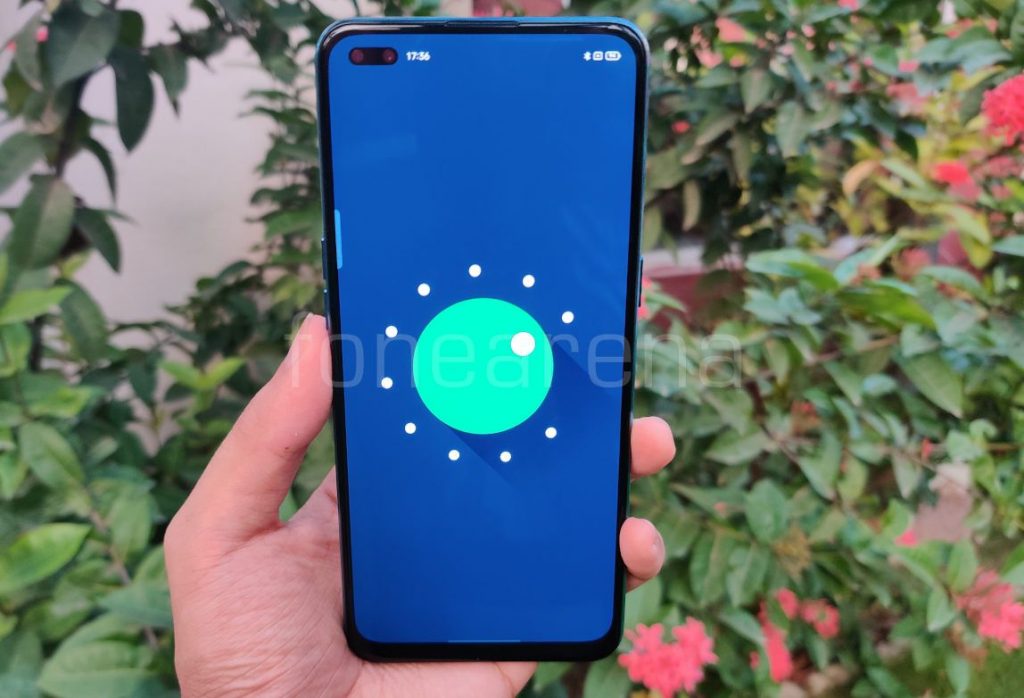
When I started reviewing the device, the F17 Pro was running ColorOS 7.2. However by the end of September, OPPO pushed out their newest ColorOS 11 software update in beta that is based on Android 11. ColorOS 11 is easily one of OPPO’s biggest update in my opinion and, thankfully, OPPO has gone in the right direction for it.
There are loads of customization options now, from the home screen icons to the notifications drawers icons and more. There are even three types of system wide dark modes offered. Since it is based on Android 11, you get all of its features such as Chat bubbles, updated notifications, Nearby Share and the new app permissions for access to the camera, location and microphone. A pain point with ColorOS that has now been fixed is the swipe away gesture for individual notifications. You can now swipe in either the left or right direction to dismiss it, which was not the case before. Thank you OPPO.
With regards to the pre-loaded apps, the F17 Pro comes with a usual selection such as SoLoop, WPS Office, YT Music, OPPO Relax, HeyTap Cloud, etc. These can be uninstalled quickly enough and will be re-installed back if you reset the phone. For the default dailer and and contacts, OPPO has ditched their own apps in favour of the Google Phone app and the Google Contacts app, which is a great move.
For a complete overview of the new features offered in ColorOS 11, check out the top 11 features of ColourOS 11 here.
Fingerprint Sensor and Face unlock
The OPPO F17 Pro offers the usual options for biometric security. The fingerprint sensor is of the under-display optical type and during my review I found it to be quick and accurate, very similar to those found on premium flagship smartphones. You can store up to a maximum of 5 fingerprints at a time.
The phone also offers Face unlock with the front facing camera. It uses the RGB sensor for verification, which means it’s not as secure as smartphones with dedicated 3D face scanners. For this reason, I never used it.
Music Player, FM Radio and Multimedia
The F17 Pro comes with a music player and FM radio pre-installed. With regards to a multimedia experience, I found the OPPO to give a really good experience overall. The display is both HDR10 and HLG certified, and thanks to its sAMOLED technology, videos look contrast-y and colourful. The phone is Widevine L1 certified, which means HD streaming on Netflix, Prime is supported and in our testing it worked. The only letdown in the multimedia experience is the single mono speaker on the bottom of the device. It does get decently loud with no distortion, the mids and highs were clear enough but the bass felt lacking and hollow. There is always a 3.5mm jack anyway in case you want to go wired for a better experience.
Dual SIM and Connectivity
On the left edge of the smartphone, within the SIM tray slot, there is space for two Nano-SIM cards and a dedicated slot for a MicroSDXC card. During my review, I did not face any dropped calls, the audio through the earpiece was load and clear and the microphone recording was reported to be clear too. The phone supports dual-band Wi-Fi and Bluetooth v5.1, both of which were tested during my review and worked properly without an issue. Regarding location services, it supports GPS, A-GPS, Beido, Glonass, GALILEO and QZSS. The phone also supports USB-OTG.
Performance and Benchmarks
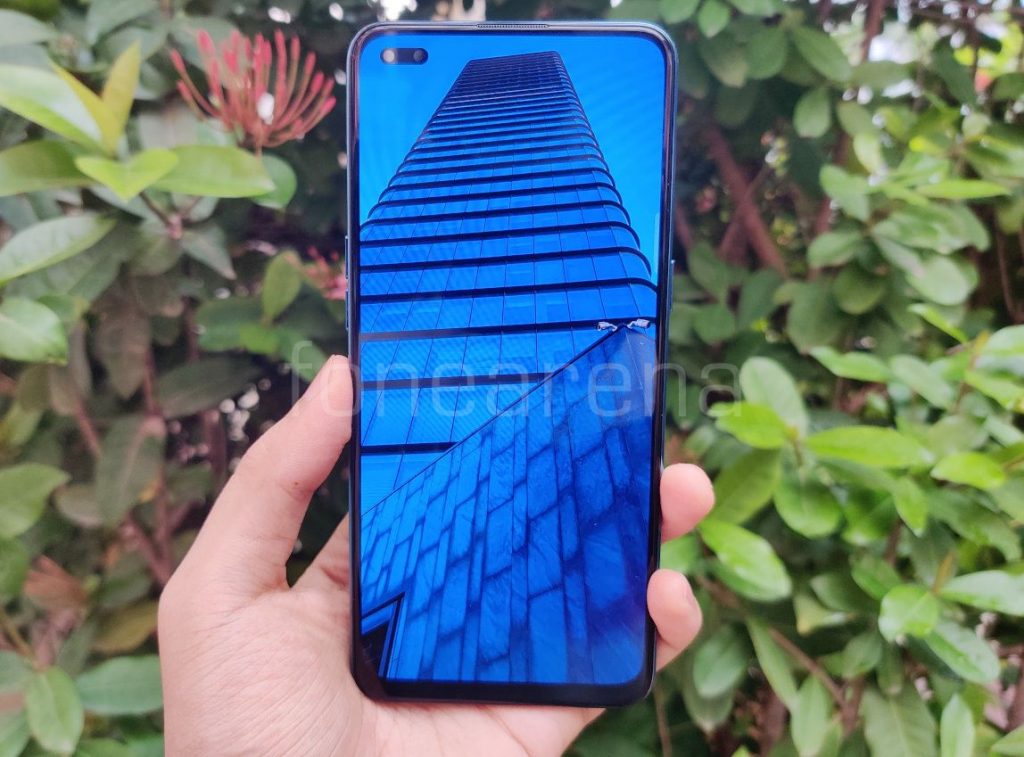
Powering the F17 Pro is the Mediatek Helio P95 chipset, which has an octa-core CPU design that can boost up to 2.2GHz, along with an IMG 9XM-HP8 GPU. There is only one RAM and storage option offered, which is 8GB of LPDDR4X memory and 128GB of UFS2.1 storage respectively.
I found the performance of the F17 Pro to be good throughout my review. There were no issues with day-to-day usage and the OS overall felt quite smooth. Apps opened quickly, and they stayed in the RAM, which is no surprise considering that there is 8GB available. I did notice that the software faced issues with clearing the apps from the RAM, and I hope OPPO can fix it with a software update. Animations, especially for navigating the system UI, almost always felt smooth except for the occasional hitch. It is only a 60Hz display, so the animations weren’t as smooth as those you would find with a 90Hz screen. It certainly wasn’t a deal breaker, but it is something to keep in mind when purchasing this smartphone.
Gaming on the F17 Pro was more or less an enjoyable experience. Games ran smoothly for the most part, except for graphically demanding 3D titles where you could sometimes notice that the games did not run at a smooth 60fps. During long gaming sessions the thermals stayed under control and the phone did only get slightly warm but never uncomfortably hot.
Check out some benchmarks for the F17 Pro below:

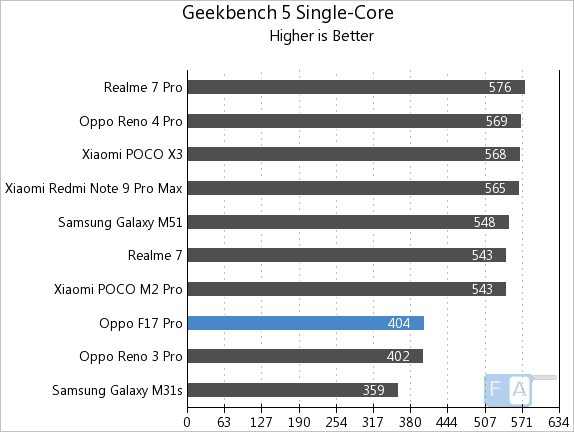
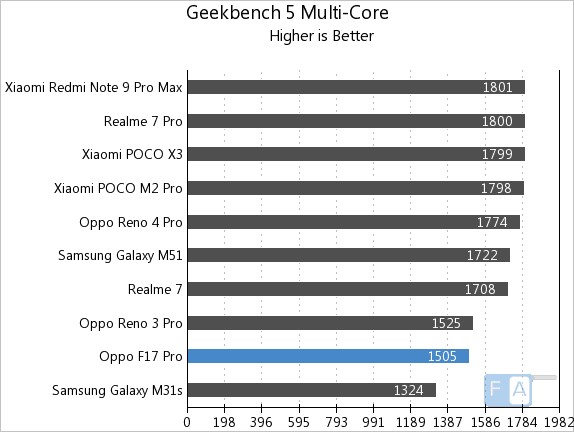
Battery life
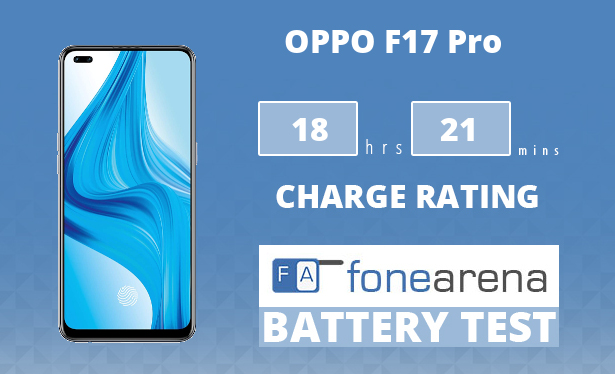
Keeping the F17 Pro alive is a 4015mAH battery cell, which is a good size in my opinion. During my review, I was able to consistently get over a day of heavy use, and nearly two days with moderate to light usage. By the time the smartphone died, I could manage to get over 6.5 hours to 7 hours of screen time, which is impressive.
The F17 Pro supports OPPO’s super fast VOOC charge 4.0 that will charge the smartphone with the included 30W adaptor. Charging the smartphone from completely dead to 100% took about an hour and I really enjoyed having this feature. Fast charging with a long-lasting battery is always an excellent combination. OPPO also offers a feature with ColorOS 11 called Battery Guard where the smartphone will learn your wake-up times and, if kept for charging in the night, it will keep the phone at 80% charge and bring it to a 100% charge right when you wake up. This can help improve the overall battery life for the device.
Conclusion
The OPPO F17 Pro is certainly a beautiful and sleek device with a great screen, lots of RAM and storage, and it offers a camera experience, at least in photos, that meets your expectations. The phone feels fast and smooth, both in day-to-day usage and gaming, and ColorOS 11 is a breath of fresh air in terms of the phone’s software experience. Battery life is great and VOOC charge 4.0 is an awesome feature.
About its cons? Well the videos from the F17 Pro’s camera were nowhere near acceptable quality and the single mono-speaker simply is not enough for a good media experience unless you use earphones. And if you do not take a lot of portrait selfies, the extra sensor for the front facing camera will feel unnecessary, especially since it disturbs the viewing experience.
With all this considered, for most people, I believe the F17 Pro is still a very good choice. OPPO is making some good choices for their mid-range smartphones, however at Rs. 22990, you have to consider the OnePlus Nord which, although is Rs. 2000 more expensive, offers a lot better specs and smoother experience.
Availability
The OPPO Reno F17 Pro is available from Flipkart and Amazon.in as well as offline stores at Rs. 22,990.
Pros
- Beautiful design
- Brilliant, bright display
- Adequate performance
- Long battery life with fast charging
- Good photography performance
Cons
- Sub par video recording quality
- Dual punch hole for front camera hinders viewing experience
- Sub-par bottom-firing speakers

